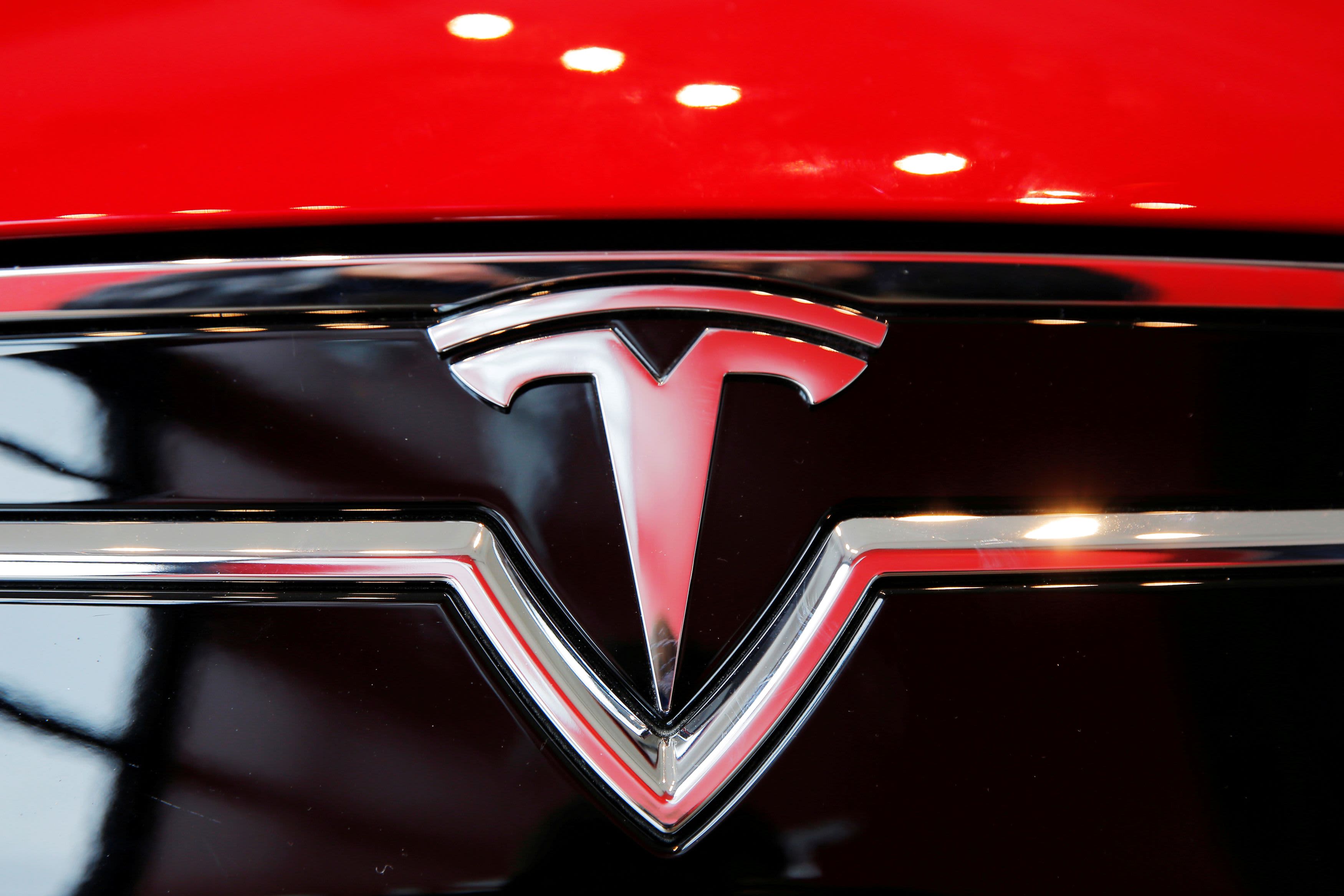Less for more: utilities seek money for less power
By Associated Press
Electrical Testing & Commissioning of Power Systems
Our customized live online or in‑person group training can be delivered to your staff at your location.

- Live Online
- 12 hours Instructor-led
- Group Training Available
So, the rate on your electric bill should go down, right?
No, it's going higher. And as shocking as that may sound, consumer and environmental groups as well as state regulators are all for it.
It was environmental groups that announced a deal with Charlotte-based Duke Energy Co. that will raise rates for residential customers in North Carolina by $1.21 a month. Duke will pocket some of that money, and spend most of it to cut power consumption.
A similar agreement is pending in South Carolina.
The Duke agreement comes as utilities try to separate traditional ties between the amount of power a customer uses and how much they pay for it. The first step is to charge customers more — in some cases about the cost of a bottle of soda a month — with the extra money going toward creating leaner, greener power grids across the country. Eventually, the amount of power used in homes or businesses will fall.
The idea is that by using less power, utilities won't need to add costly new generating capacity. Spending a buck or so now can keep even bigger rate increases in check.
California officials credit a similar policy with helping to keep energy consumption per person flat for the past 30 years. Consumption has surged 50 percent for the rest of the country in the same period.
Utilities across the country had been reluctant to adopt the approach because the more kilowatts they sell, historically, the bigger the profit. That business model has begun to shift in tandem with scientific evidence of climate change, rising utility bills and opposition to new power plants.
California utilities submit their revenue requirements and estimated sales to regulators. The regulators set rates that ensure utilities collect enough money to turn a profit. Customers get a credit for any excess revenue, while shortfalls are recovered later from customers.
"It's a bizarre concept," said Dian Grueneich, a member of the Public Utilities Commission in California, where officials credit the policy with helping to keep energy consumption per person flat for the past 30 years.
Grueneich pegs the savings in California at $2 billion a year with $1 billion paying for the cost of the program. Businesses and customers share the rest. Utilities that do not reach efficiency targets pay penalties.
Nine states have since adopted polices similar to California for at least one electric utility, and 17 have done the same for natural gas, said Ralph Cavanaugh of the Natural Resources Defense Council.
Rates for many consumers go up 1 percent to 2 percent, but customers can cut energy use by 20 percent to 30 percent, Cavanaugh said.
"Your savings should swamp any rate adjustment," he said.
Duke has already been given the go-ahead to charge Ohio customers more money, but only if it cuts electricity consumption by 0.3 percent this year and 22 percent by 2025. That will cost Ohio customers $1.59 every month, an amount that could change in coming years.
In North Carolina, it aims to reduce energy demand by 2 percent within four years and has the potential to achieve energy savings of more than 8 percent within 10 years. There is a cap on how much Duke can profit from the savings.
Under the three-year deal with Ohio regulators, if Duke meets its goal of reducing power usage in the region, that can save it $221 million that would have been spent on additional power generation. Of that amount, Duke will collect $72 million to spend on consumer efficiency programs, such as home energy audits, heating and cooling systems, and weatherization kits for residences.
Duke pockets $20 million in pretax profit. Customers save money because the utility won't have to spend on new power plants. Those costs are usually tacked on to monthly power bills.
Ted Schultz, Duke's vice president of energy efficiency, said under test programs in Ohio, Kentucky and Indiana, consumers have reduced power usage by 7 percent — more than enough to offset higher utility bills.
Already, choices are being made on the consumer level to improve efficiency, and the new business model for power companies may be more accepted now than it was even five years ago.
"To be honest, I think whether it saves people money, people are becoming more and more conscientious of the environment, and they opt for it," said David Bailey, a salesman at Jeff Lynch Appliance & TV Center in Greenville, S.C., said.
The key to judging how successful programs are is finding a way to measure that it is the utilities that are behind decreasing consumption and not steps being taking by homeowners and businesses, or in the current environment, a rotten economy, said Grueneich, the California regulator.
For utilities, there may be no choice but to slim down with more demands on the grid every year.
Utilities spent $2.53 billion in 2007 on energy efficiency and programs that curtail demand at peak times, a 23 percent increase from 2006, according to the Energy Information Administration. The agency said that is enough electricity to power 6.2 million homes for a year.











